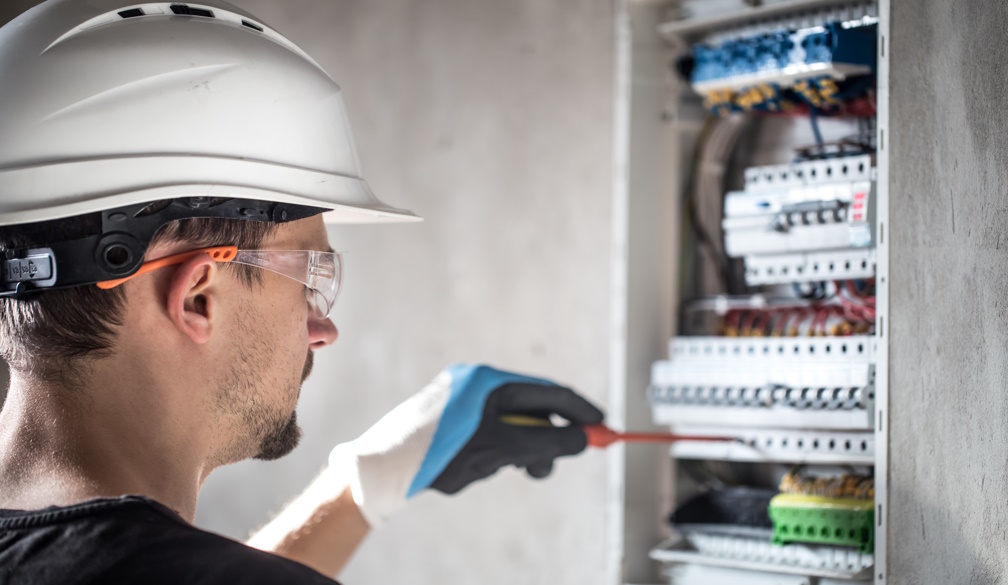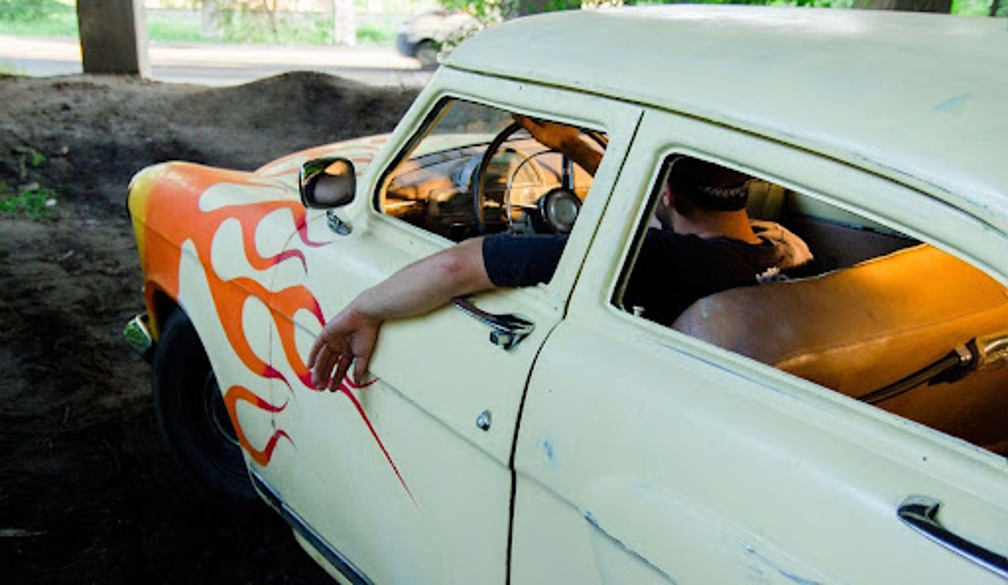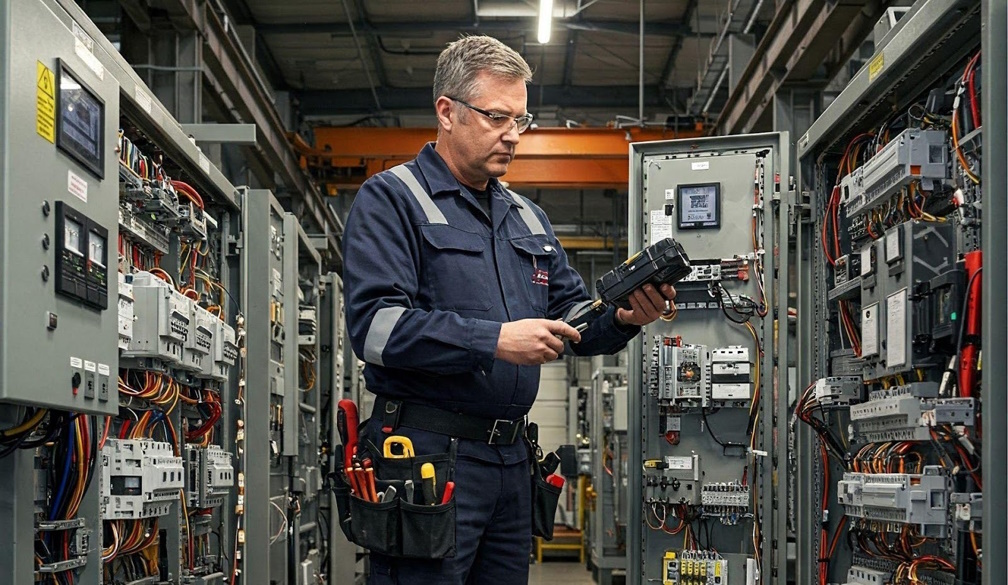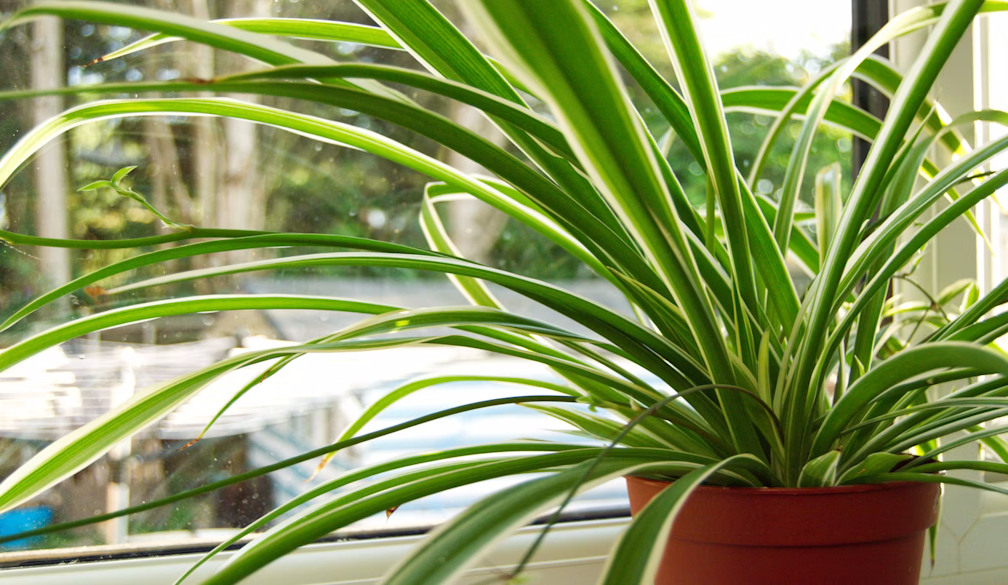if our eyes see upside down, how does the brain flip the picture?
- Written by Daniel Joyce, Senior Lecturer in Psychology, University of Southern Queensland
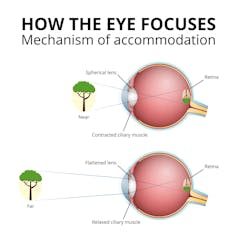
I heard that we see upside down, but our brain flips the image. How does it do that?
–Jasmine, Mount Evelyn, Victoria
Our eyes work thanks to light. Objects we can see are either sources of light themselves – like a candle or a phone screen – or light bounces off them and makes its way to our eyes.
First, light passes through the optical components of the eyes such as the cornea, pupil and lens.
Together, they help focus the light onto the retina that senses light, while also controlling the intensity of light to help us see well while avoiding damage to the eye.
The function of the lens is to correctly focus light that comes from objects at different distances. This process is known as accommodation.
As you can imagine, people wearing these goggles at first found it really difficult to get by in their day-to-day activities. They would stumble and bump into things.
But this was temporary.
Participants reported seeing the world upside-down for the first few days, with difficulties navigating the environment, including trying to step over ceiling lights that appeared to them as on the floor.
Around the fifth day, however, performance seemed to improve. Things that were at first seen upside down now appeared the right way up, and this tended to improve with more time.
In other words, with continued exposure to the upside-down world, the brain adapted to the changed input.
More recent studies are beginning to identify which areas of the brain are involved in being able to adapt to changes in visual input, and what the limits of our ability to adapt might be.
Adaptation may even allow “colour blind” people to see colour better than is predicted from their condition.
Authors: Daniel Joyce, Senior Lecturer in Psychology, University of Southern Queensland









